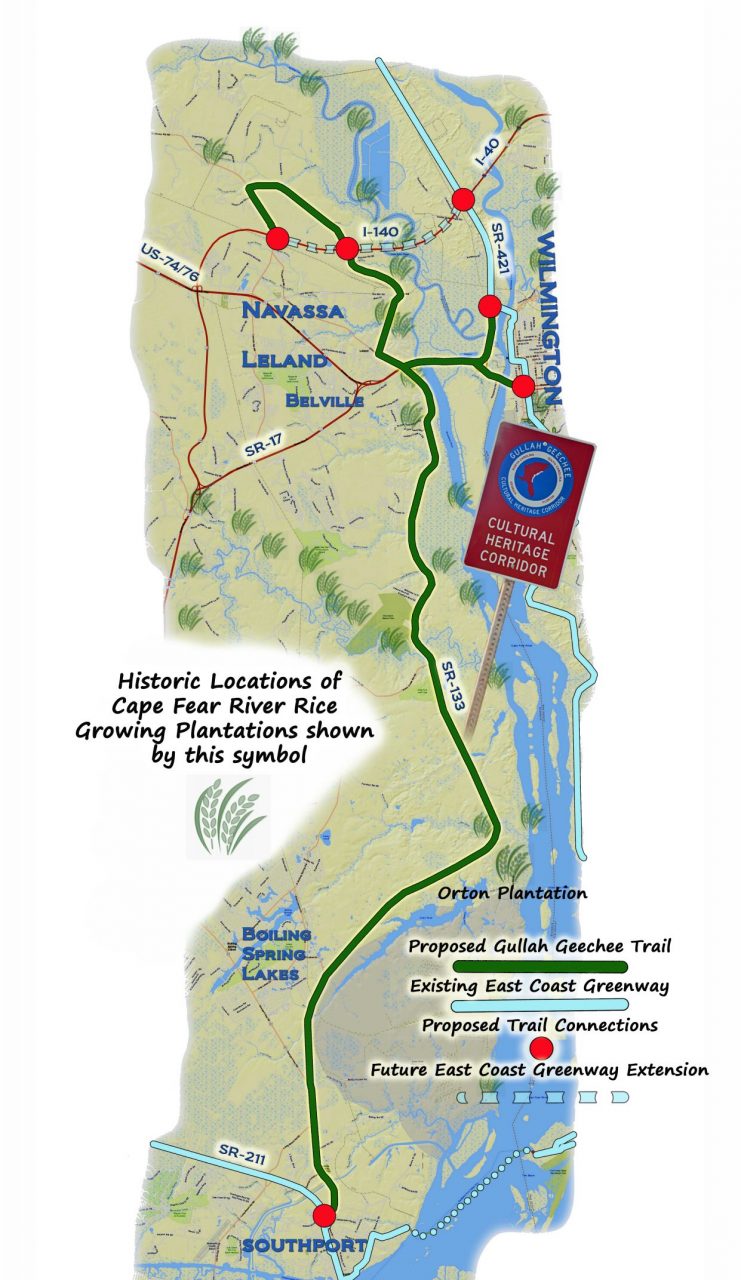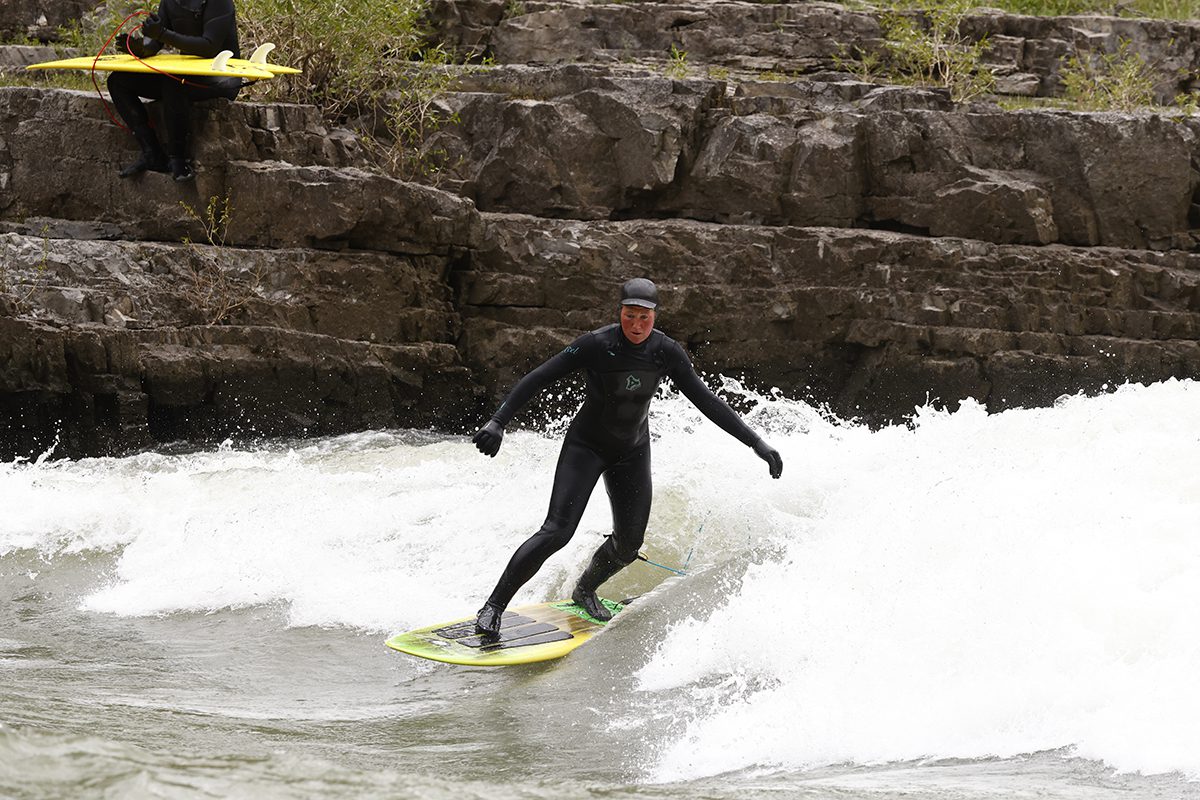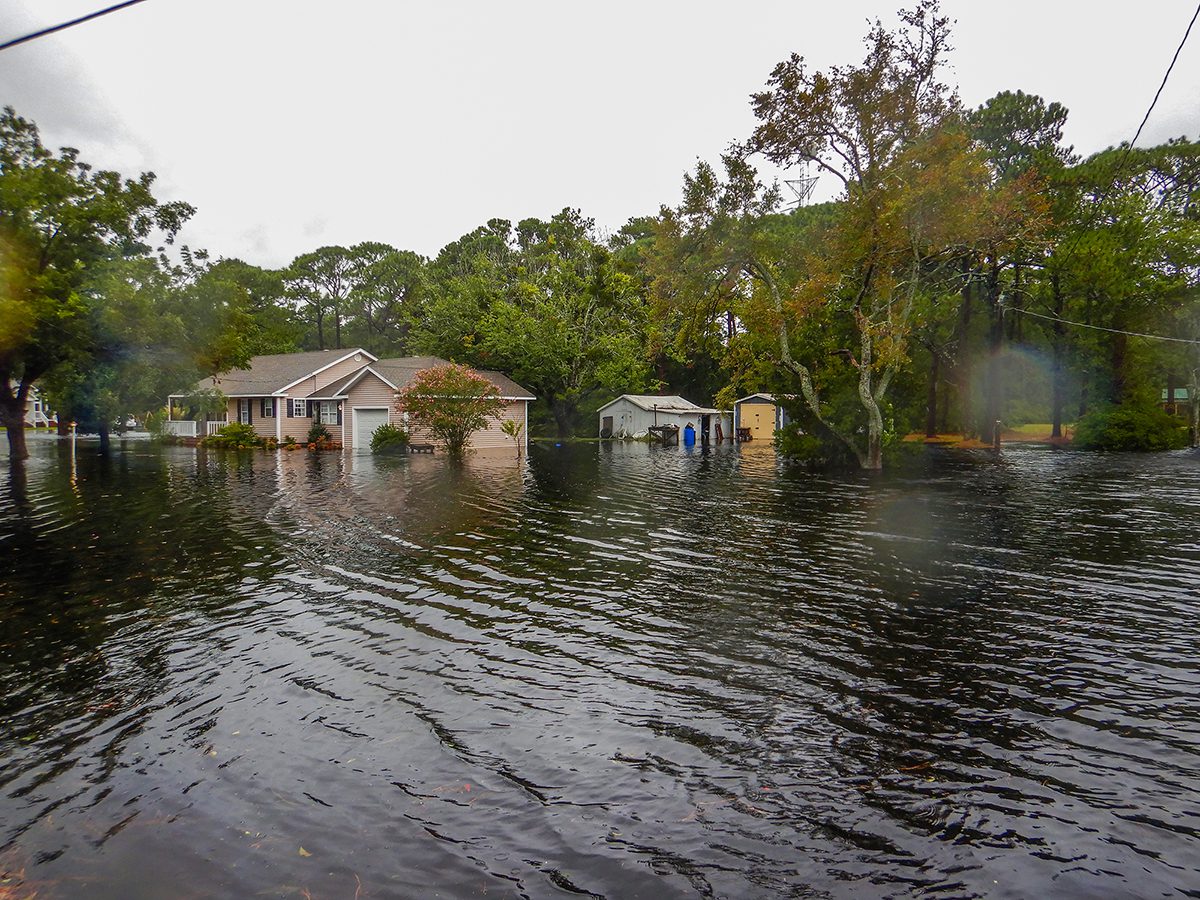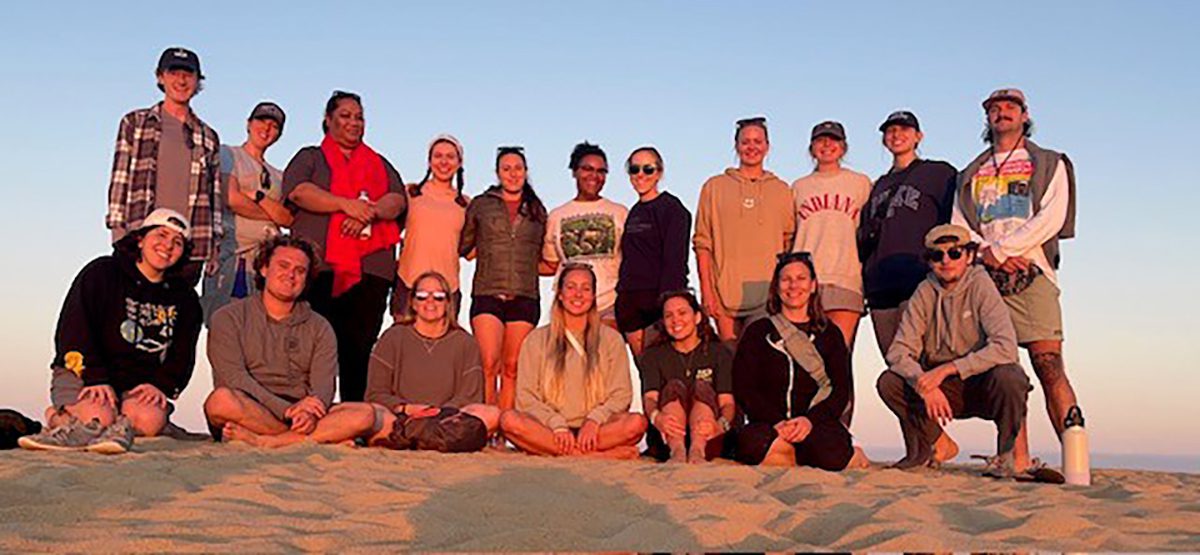
A grassroots effort to connect the Gullah Geechee Cultural Heritage Corridor with the East Coast Greenway in Brunswick County will receive assistance from the National Park Service.
The project was one of 14 recently selected out of 30 applications from communities throughout the South Atlantic-Gulf region by the National Park Service, which will provide consultation services to bolster recreation, conservation and economic development opportunities within the communities chosen.
Sponsor Spotlight
“It’s an honor to have been selected,” said Brayton Willis, acting chair of the Brunswick County Branch of the NAACP’s environmental and climate justice committee. “What really makes this a unique opportunity is that it gives our area national exposure. It brings to our local area some great opportunities at a national level which currently didn’t exist. We’ve come a long way since February 2020. We started off with an idea and we shared that idea with a lot of folks.”
Since then, the plan has gained momentum in letters of support and government resolutions, including one from the Brunswick County commissioners.
The nationally recognized Gullah Geechee Cultural Heritage Corridor encompasses 12,000 square miles of coastal area that runs up the southern Atlantic Coast from St. John’s County, Florida, to Pender County.
The project would overlap that corridor with a portion of the East Coast Greenway, a 3,000-mile walking and biking route that runs through 15 states from Maine to Florida.
Sponsor Spotlight
On June 25, Gov. Roy Cooper signed House Bill 130 into law, designating the East Coast Greenway as a unit of the North Carolina State Parks system and a North Carolina State Trail.
The designation makes the greenway “eligible for a variety of funding mechanisms and other forms of support for trail planning and construction in North Carolina,” according to the East Coast Greenway Alliance.
The Gullah Geechee Greenway/Blueway Heritage Trail project will be designed to intertwine outdoor activities, including walking, bicycling and paddling, with the history and culture of the Gullah Geechee, West Africans torn from their country and enslaved on plantations along the southern Atlantic Coast.
The corridor links places of historic significance to the Gullah Geechee, telling stories of their lives on the plantations and in the coastal plains after abolition.
Bill Lane, a landscape architect with the National Park Service Rivers, Trails, and Conservation Assistance Program, said the project was selected, in part, because of the support it had from local and state agencies and other nonprofits.
“The strongest project element that made the application stand out among the 29 other applications was the fact that the project had recreation (land and water-based trails), conservation and historical components,” Lane said in an email. “The core of the project isn’t simply building new recreation trails, but preserving and telling the stories of the Gullah communities.”

The quest to connect the corridor with the East Coast Greenway began with the development of the Wilmington Urban Area Metropolitan Planning Organization’s 2045 master plan.
That plan explores the future of multimodal transportation and regionally significant projects for each, including aviation, bicycle and pedestrian, ferry and water transportation, rail, public and road transportation.
“Here we are now at the community engagement point to help our community members flesh out the vision of what they would like to see in their communities to protect and celebrate the Gullah Geechee culture,” Willis said.
Lane said park service officials, whose role is to facilitate the planning process, will meet with project partners within the next month to begin laying out a timeline and workplan for the project.
“A key element of the project will be the public input phase,” he said. “We will be hosting several public meetings throughout the proposed trail corridor with notices of the meetings being posted well in advance of the meetings. We may also be sending out a public survey to make sure everyone’s voice is heard and to allow the public an opportunity to participate in the planning process.”
The plan for the route is to include historical sites such as Orton Plantation and slave cemeteries, ending in northern Brunswick County in Navassa, home to Reaves Chapel, which is one of the most historically significant African American structures in the Cape Fear Region.
The greenway/blueway also could tie into Navassa’s land and waterway trails, the concepts of which are underway, and the town’s proposed Moze Heritage Center & Nature Park.
Willis has garnered more than $55,000 in grants, funds that will be used, in part, to develop outreach materials and establish and maintain a website and Facebook page.
“The whole purpose of this is to engage our citizens, to get their visions of a greenway/blueway trail,” he said. “We want to be able to reach as many folks as we can.”







